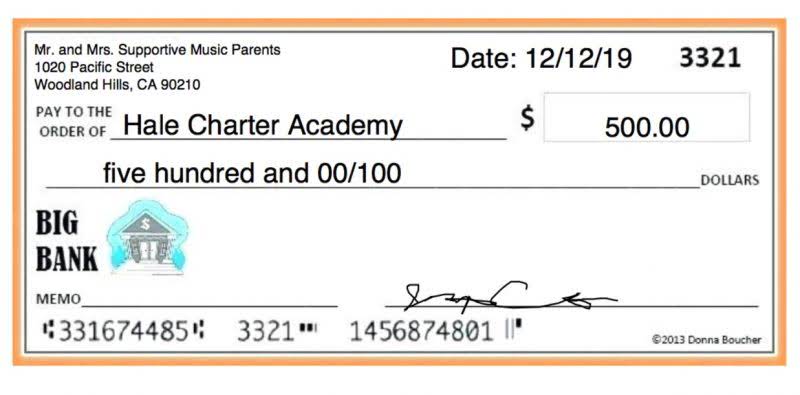
In future analyses, the company could benchmark SG&A as a percentage of sales to track efficiency improvements or identify areas of concern. Additionally, implementing technology solutions can also help streamline administrative processes and reduce costs. You can optimize travel expenses using intelligent travel and expense management software that can improve reimbursement processes, reduce fraud and increase savings by increasing policy compliance. Overall, SG&A expenses are an important metric for companies to monitor and understand, as they can provide a wealth of information about a company’s financial performance and prospects. Cost of goods sold or COGS is the amount of money spent to acquire raw materials required to make a product and the development, production, manufacturing, and designing costs. The median company in the energy and real estate sectors has a ratio below 10%, whereas the median health care company has a ratio above 40%.
Freedom to Focus on Your Business
That’s because businesses need to inform customers of their existence and educate the customers about their products. In addition, most businesses have competition that target the same customers for the same products. To attract the customers, businesses Online Accounting must promote and market themselves. SG&A costs are typically the second expense category recorded on an income statement after COGS, like on this simple income statement for XYZ Soaps Inc.

SG&A vs other expenses
It includes expenses such as rent, advertising, marketing, accounting, litigation, travel, meals, management salaries, bonuses, and more. On occasion, it may also include depreciation expense, depending on what it’s related to. Identify areas where you can cut unnecessary administrative expenses or streamline production processes to enhance profitability.
Depreciation and amortization expenses
Expenses related to company management, such as salaries for executives, administrative staff, and non-salespeople, are also examples of general expenses. SG&A are the ongoing costs of running a business while bracketing out the level of production. These expenses are typically recorded below the sg&a meaning gross profit line on the income statement. How are Selling, General & Administrative Expenses reported on financial statements?
- In this article, we’ll look into SG&A and learn why this KPI is vital in terms of a company’s financial fund profitability and the calculation of its break-even point.
- The EBIT line item is equal to the gross profit subtracted by SG&A, so we’ve indirectly forecasted our company’s EBIT, which can be divided by revenue, to arrive at the operating profit margin for each period.
- The distinction found in the financials will be based on the relative size of each, which depends on the specific industry in question.
- Accounting is a crucial business function, and it’s captured within SG&A expenses.
Best Practices for Analyzing SG&A
These expenses are vital for maintaining and growing a tech startup, encompassing a broad range of activities and resources needed to keep the company operational and competitive. SG&A Expense Ratio offers valuable insights into a company’s operational efficiency. A lower ratio indicates effective management of overhead costs and daily operations where as a higher ratio may signal inefficiencies or larger operational costs. Overhead expenses are often beneficial — one obvious example is accounting. Accounting is a crucial business function, and it’s captured within SG&A expenses.

- In this section, we will discuss the fundamental differences between these two categories of expenses.
- If SG&A is a consolidated, one-line item, the analyst must use discretion to select one of these (or other) methods to account for all the various expenses baked into that one line item.
- Whether you’re an investor, a financial enthusiast, or a business owner, grasping this distinction is crucial in assessing a company’s spending behavior and operational efficiency.
- They are deducted from gross margin (revenue minus cost of goods sold) to determine a company’s net income or operating profit.
- For our revenue assumptions, we’ll assume the growth rate will decline to 4.0% by the end of 2027, while the gross margin remains fixed at 60% throughout the forecast.
SG&A expenses do not include raw materials costs, wages of production workers, or utilities at a manufacturing facility. These items are included in cost of goods sold (COGS), which is deducted from revenue to calculate Suspense Account gross profit. Benefits of carefully managing selling expenses include increased market presence, improved sales, and potentially higher profit margins. If not controlled, they can spiral and become a burden, leading to cutbacks in other critical areas. To gain insight into just how essential these expenses are, consider a simple scenario. If a company stops investing in advertising, they might quickly see a dip in sales, indicating the correlation between effective selling expenses and business growth.

It also allows us to see if a company runs up payroll too much or if there are any other impacts related to expenses. Healthcare and telecommunications industries have high SG&A costs as a percentage of revenue, compared to real estate and energy businesses, which have modest costs. While benchmarking can be done with either SG&A or COGS, it is more often done with COGS because those costs are what are most standard among competitors. Comparing the cost of materials, production, direct labor, and shipping costs to other similar companies can give organizations a clear map for areas where they can improve their cost efficiency. Using these data points, we apply a proprietary process benchmarking methodology to quantify the gap between a company’s performance and the performance of digital world-class peers. We compare the ability of sales and marketing functions to execute efficiently and effectively, and we define the steps for continuous process improvement.
SG&A is crucial because it represents the day-to-day costs necessary to keep the company running. Managing these expenses effectively can significantly impact a company’s profitability. Investors and analysts watch SG&A trends to assess operational efficiency and cost control efforts, which are important for long-term sustainability.
Discussing general and administrative expenses in detail

Future operating profits are improved as a result of increasing current selling, general, and administrative expenses for SG&A-cost-efficient firms. Future operating profits are improved mainly through a reduction in the future cost of goods sold. Depreciation expenses can be categorized as a general, administrative, or selling (marketing) expense, depending on the asset being depreciated.
